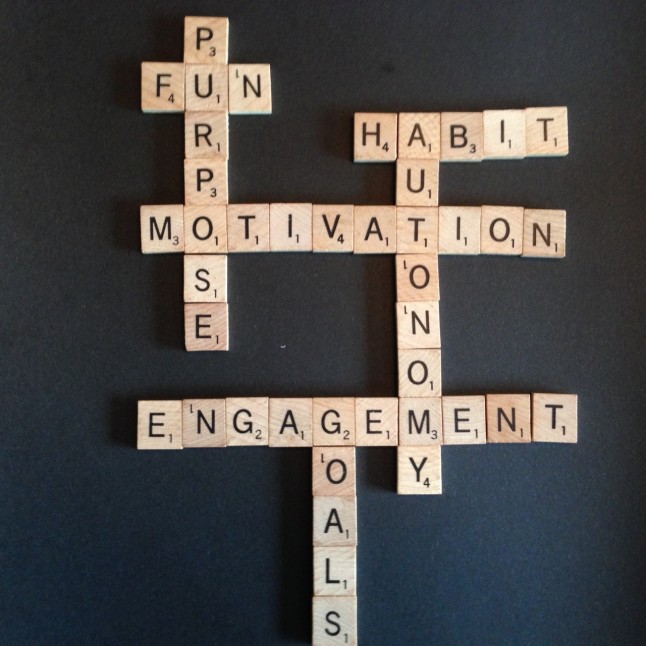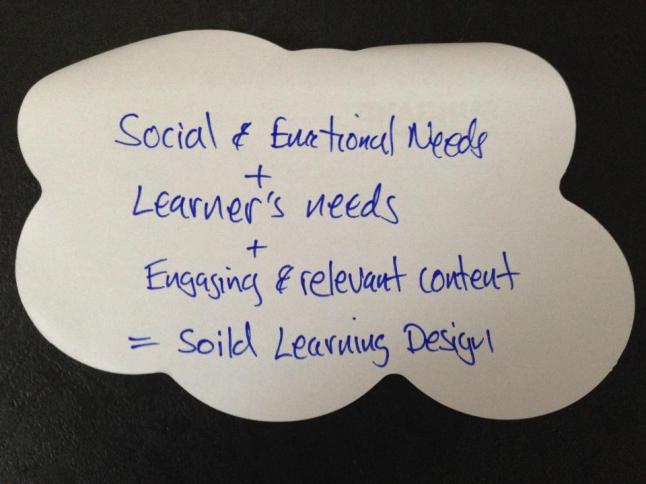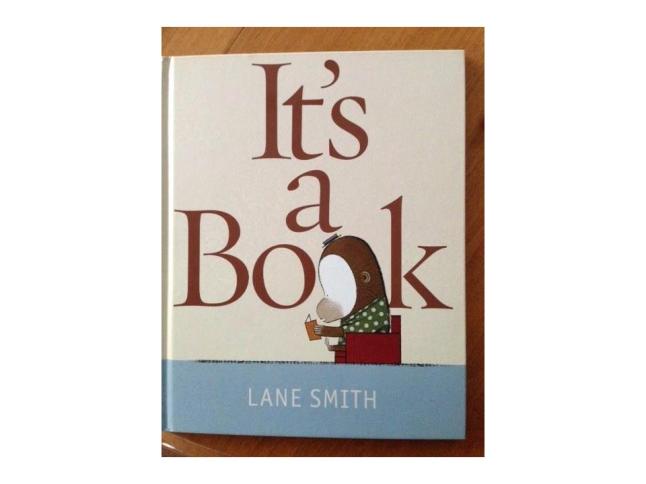In my latest #tiegrad class I was invited to discus the changing role of the teacher in the digital age.
Three Distinct Relationship Changes For Teachers In The Digital Age
Richardson, W. (2012) understood the changing role of the teacher when he stated, “In this new story, real learning happens anytime, anywhere, with anyone we like – not just with a teacher and some same age peers, in a classroom from September to June. More importantly, it happens around the things we learners choose to learn, not what someone else tells us to learn.” (p. 1).
Introduction
In order to understand the changing role of the teacher in the 21st Century, it is important to consider the historical role of the teacher. For centuries, direct instruction was the pedagogy of the day. The teacher held the position of absolute authoritative power and was the holder, and dispenser, of knowledge. Students worked to achieve curricular objectives designed and assessed by the teacher, and were given extrinsic motivators like grades and rewards as reasons to memorize information and demonstrate understanding of taught concepts. In contrast, the digital age represents an important time of educational change. The role of the teacher is evolving as new, digital, epistemologies form in an increasingly connected and networked world. In classrooms and schools around the globe, teachers are changing their methods to better suit the increased use of digital technologies available in education. Advances in technology have led to a more networked and connected world, and has given rise to a myriad of useful resources. Classrooms today are no longer confined to one specific educational theory, or limited by physical space. Education is no longer just about delivering curriculum in a way to actively engage the student in the room; it is about access to information. Active engagement and active learning have now become interactive learning. Teachers and students now co-learn across school districts, provinces, and countries. They share, collaborate and create information with a simple keystroke, click of the mouse, or via video conferencing available on their mobile devices (Thiele, Mai, & Post, 2014). The changing role of the teacher in the digital age can be characterized by three distinct relationship changes; between teacher and student, teacher and curriculum, and teacher and pedagogy.
Teacher with student
One fundamental change teacher’s face in the digital age is the change in the teacher-student relationship. According to Lemley, Schumacher, & Vesey (2014), “The 21st-century student will expect the 21st-century learning environment to provide opportunities creating a different role for the teacher” (p.6). In this version of school, the learning environment is flexible and dynamic. Learning is no longer restricted to the confines of the regular school day. It extends to the home, the community, and beyond. Learners prefer not to have education confined to the classroom, but want to have the freedom to be able to learn at any time and in any place (Rosen, 2011, p.5). Another shift between learner and teacher revolves around exploring curriculum together. Learning is a shared experience between teacher and learner. At one time, the relationship between teacher and learner was hierarchical in nature. The teacher was the dispenser of knowledge and communication between student and educator was one-way. That model no longer provides the best learning experiences for students. In the digital age, teachers are learning with their students through co-learning and collaboration. These methods form the basis of personalized learning.
Teacher with curriculum
Teachers are re-examining their relationship with curriculum and are moving from a teacher-centred perspective to a student-centred perspective. British Columbia’s version of this change in curriculum and pedagogy coined the BC Education Plan. Government of British Columbia (2013) states, “Our education system is based on a model of learning from an earlier century. To change that, we need to put students at the centre of their own learning” (p. 2). A move towards student-centred learning refocuses on the interests of the child rather than others involved in the education process. Teachers are making changes to their curriculum to include periods of inquiry learning. Exploring the path of inquiry learning with students follows a constructivist theory of education. Self-directed in nature, inquiry learning develops critical and creative thinking skills; skills learners will need in order to be successful in the future. Maiers, A., & Sandvold, A. (2010), talk about the importance of student-centred learning in The Passion Driven Classroom. They relate inquiry learning to finding learner’s passions and say, “It will be the passion that students hold, not for every subject, but for the ACT and PRIVILEGE of learning that will allow them to reach rigorous outcomes and excellence” (p. 6). When teachers move curriculum from methods of talk and show to methods of inquiry, they focus on each student’s passions, abilities, and learning styles; thus, allowing the teacher to move from a position of administering to facilitating learning. In addition, when teachers integrate inquiry methods in their curriculum, they honour the importance of student voice and recognise that it is central to the learning experience for every student.
In a student-centred classroom, students choose what they will learn, how they will learn, and how they will assess their learning. Student-centred learning requires students to be active, responsible participants in their learning. This aligns with Thiele, Mai, & Post (2014) findings in their research on learning in the 21st Century, “The implementation of technology can enhance learning by making the classroom more active and student-centered”(p. 1). In the digital age, teachers have a variety of tools and resources available to create curriculum with students, invite learners to discover the pleasures of lifelong learning, and open the classroom up to a global audience. According to the Government of British Columbia (2013), “Curriculum will increasingly emphasize key concepts, deeper knowledge, and more meaningful understanding of subject matter, and give teachers the flexibility they need to personalize their students’ learning experiences” (p. 3). Dewey, J. (1929) also realized the importance of student-centered learning in My Pedagogic Creed when he wrote, “The true centre of correlation of the school subjects is not science, nor literature, nor history, nor geography, but the child’s own social activities” (p. 4).
Teacher with pedagogy
If pedagogy is the art and science of educating (Webb 2012), then the relationship between teacher and pedagogy has changed dramatically in the digital age. Assessment practices, professional development opportunities, and a stronger understanding of how students learn best are reshaping relationships between teachers and their craft. Assessment practices have moved from ‘assessment of learning’ to ‘assessment for learning'; from teacher-directed assessment to peer and self-assessment. All this points to the learner becoming an active participant in the learning process. Advances in digital technologies have created complex assessment experiences, such as game-based assessments and online collaborative problem-solving. A wider variety of participants are invited into the assessment cycle including peers and outside experts. According to Webb (2014) there is, “Increasing evidence that uses of technologies are producing persistent changes in children’s brains and hence changing their capacity and capabilities for learning” (p. 10). Neuroscience is growing rapidly, and teachers are incorporating the latest brain research into their practice, specifically to assist in developing self-regulated learning skills. New digital technologies allow educators to engage in personalized, professional development, strengthen pedagogies, and create learning communities that cultivate professional relationships outside of school buildings. Collaboration in the digital age enables teachers to reach out and connect with like-minded educators. Historically, teachers developed their pedagogy through a combination of curriculum documents, colleagues, workshops, and other professional development opportunities. The digital age has changed the way teachers develop their pedagogy. Networked teachers continue to develop their practice around traditional methods, but also embrace new technologies such as video conferences, social networking services, and online learning communities. Couros, G (2010) agrees with the importance of a collaborative pedagogy, “We must ensure that we are working together as an educator community to continue to move education forward.”
Conclusion
Relationships teachers have with their learners, curriculum, and pedagogy are changing rapidly in this time of digital enlightenment. Early educational theorists such as Dewey and Montessori understood the needs of learners and the constraints of curriculum. Digital technologies have allowed teachers to realize the dreams of early educational theorists. Educators no longer need to work in isolation. They have the knowledge and resources to facilitate learning by exploring curriculum with their learners. When teachers revisit their relationships with learners, curriculum, and pedagogy in the 21st Century, they create innovative change to the education system and encourage children to thrive in a dynamic and rapidly evolving world. They accept that students must be at the centre of a more personalized approach to learning and must be given the freedom to pursue their individual interests and passions in the classroom.
References:
Abrami, P. C., Venkatesh, V., Meyer, E. J., & Wade, C. A. (2013). Using electronic portfolios to foster literacy and self-regulated learning skills in elementary students. Journal of Educational Psychology, 105(4), 1188–1209. doi:10.1037/a0032448
Couros, G. (2010). The power of working together. The principal of change: stories of learning and leading. Retrieved from http://georgecouros.ca/blog/archives/1020.
Dewey, J. (1929). My Pedagogic Creed. In I. D. Flinders & S. Thorton (Eds.), The Curriculum Studies Reader (pp. 34–43). New York: Routledge.
Government of British Columbia. (2013). BC ’ s Education Plan, 1 – 9.
Lemley, J., Schumacher, G., & Vesey, W. (2014). What learning environments best address 21st-century students’ perceived needs at the secondary level of instruction? NASSP Bulletin. doi:10.1177/0192636514528748
Maiers, A., & Sandvold, A. (2010). 1 Achievement gap or passion gap? The passion-driven classroom: a framework for teaching and learning (p. 6). Abingdon, Oxon: Routledge.
Richardson, W. (2012). Part 1: old school. Why School? How Education Must Change when Learning and Information are Everywhere (eBook) (p.1). TED Conferences. Retrieved from http://www.amazon.ca/Why-School-Education-Information-Everywhere-ebook/dp/B00998J5YQ
Rosen, L. D. (2011). Teaching the iGeneration. Educational Leadership, 68, 10–15. Retrieved from http://web.ebscohost.com.libdata.lib.ua.edu/ehost/detail?sid=3dc15bba-9972-4ca4-adb4-892d68f5a898@sessionmgr110&vid=31&hid=10&bdata=JnNpdGU9ZWhvc3QtbGl2ZQ==#db=aph&AN=58108032.
Thiele, A. K., Mai, J. a, & Post, S. (2014). The Student-Centered Classroom of the 21st Century : Integrating Web 2 . 0 Applications and Other Technology to Actively Engage Students. Journal of Physical Therapy Education, 28(1).
Webb, M. (2012). Pedagogy with information and communications technologies in transition. Education and Information Technologies, 1–20. doi:10.1007/s10639-012-9216-x.




